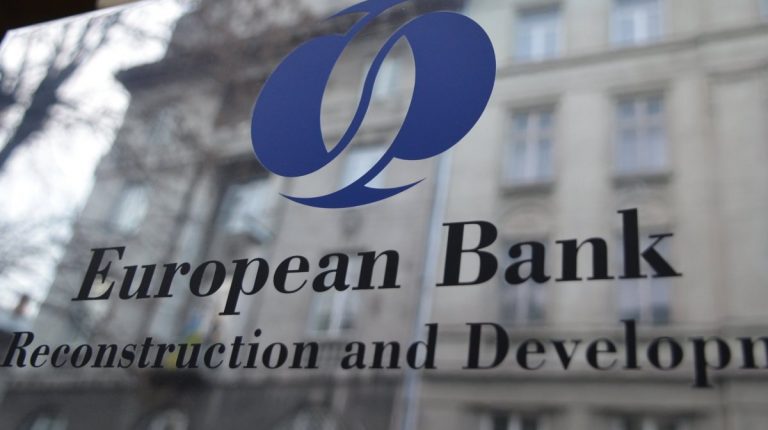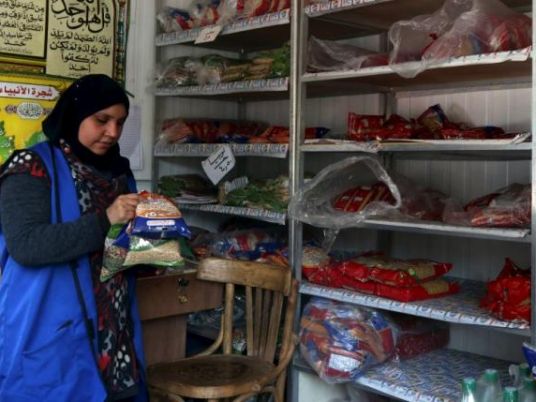
Prime Minister Fumio Kishida said authorities would go forward with the release on August 24 “if they encounter no obstacles.” The decision was made after the government held a cabinet meeting to discuss the issue.
Japan’s devastating 2011 earthquake and tsunami caused water within the Fukushima nuclear plant to be contaminated with highly radioactive material. Since then, new water has been pumped in to cool fuel debris in the reactors, while ground and rainwater have leaked in, creating more radioactive wastewater.
All this wastewater has so far been treated and stored in massive tanks. But space is running out, and authorities say they need to get rid of the water to safely decommission the plant – hence the ocean release plan, which has been controversial from the start.
In July, the United Nations’ International Atomic Energy Agency (IAEA) concluded that Japan’s plan aligns with international safety standards and would have a “negligible radiological impact to people and the environment” – which it reiterated on Tuesday after the government’s announcement, saying the plan had undergone two years of “detailed review.”
But that hasn’t reassured many of Japan’s neighbors, with officials from China and the Pacific Islands voicing alarm and opposition to the plan.
People in South Korea have also staged street protests against the release, though the country’s leaders have expressed support for Japan. On Tuesday, South Korea’s main opposition party criticized the government for its stance, saying the release would cause “unimaginable damage” to all countries neighboring Japan.
Meanwhile fishing communities in Japan and South Korea worry the wastewater release could spell the end of their livelihoods – with consumers across the region already beginning to swear off seafood from Japan and its nearby waters, and some governments even banning imported food from parts of Japan, including Fukushima.
On Monday, Kishida met with the chairman of a nationwide body representing fishermen, who told the prime minister the group “still opposes” the plan. A crowd of demonstrators gathered outside Kishida’s office on Tuesday after the announcement, holding banners and signs protesting the release.
Radioactivity concerns
Though the radioactive wastewater contains some dangerous elements, the majority of these can be removed through various treatment processes, according to the state-owned electricity firm Tokyo Electric Power Company (TEPCO).
The real issue is a hydrogen isotope called radioactive tritium, which cannot be taken away. There is currently no technology that can do so.
Authorities say the Fukushima wastewater water will be highly diluted and released slowly over decades – meaning the concentration of tritium being released will be very low, and meet international regulations.
Many other countries, including the United States, regularly release treated wastewater containing small amounts of tritium from their nuclear plants.
TEPCO, Japan’s government, and the IAEA also argue that tritium occurs naturally in the environment, including in rain and tap water, so the wastewater release should be safe.
But experts are divided on the risk this poses. Most national agencies agree that small amounts of tritium aren’t too harmful, but could be dangerous if consumed in large amounts.
Some scientists worry that diluting the wastewater could harm marine life, with pollutants that could accumulate in the already frail ecosystem. One expert, who helped Pacific Island nations review and assess the wastewater release plan, told CNN it was “ill-advised” and premature.
Others argue we just don’t have enough studies or data yet on the longer-term biological effects of exposure to tritium.
The diluted water will be released through an undersea tunnel off the coast, into the Pacific Ocean. Third parties including the IAEA will monitor the discharge during and after its release.




